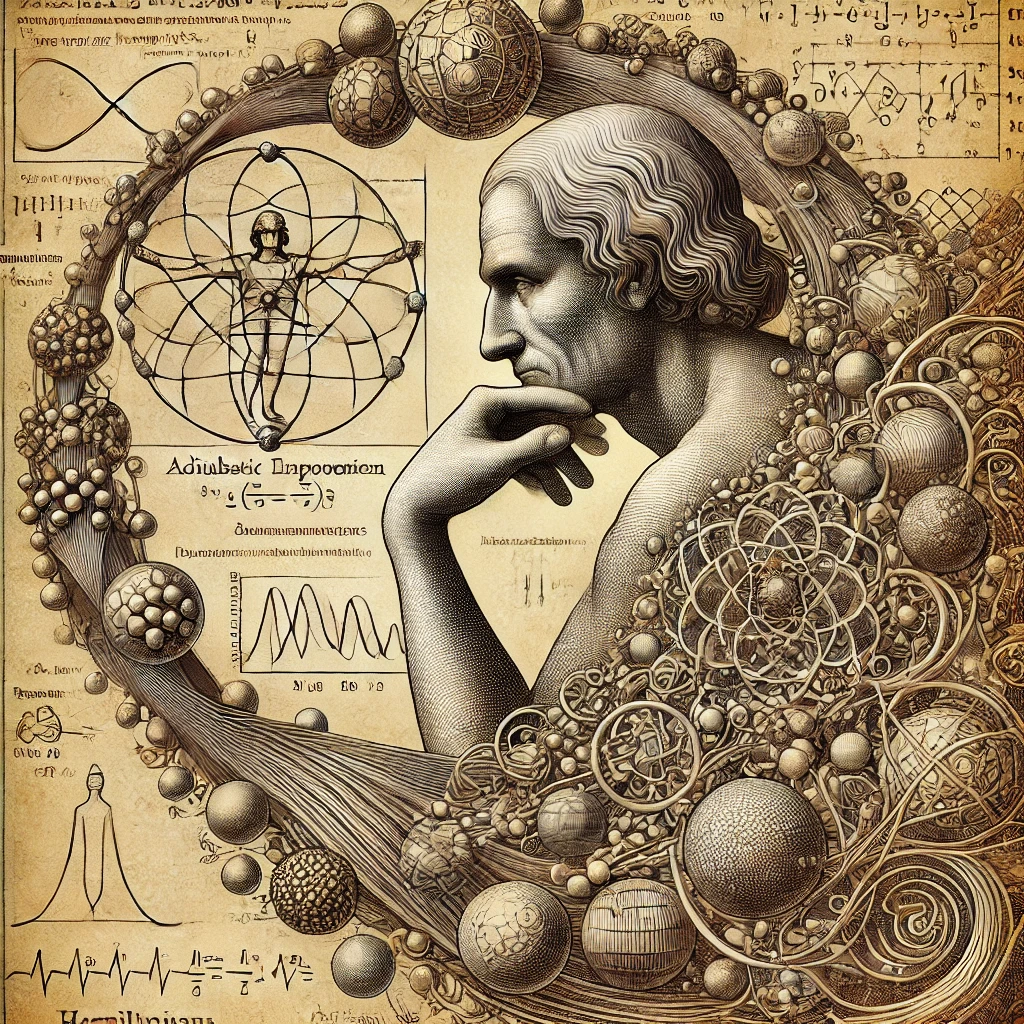Adiabatic Quantum Computing: Concept, Applications, and Challenges

Adiabatic Quantum Computing (AQC) is a paradigm of quantum computing that solves computational problems by finding the lowest energy eigenstate of a specified Hamiltonian. Proposed by Edward Farhi and colleagues in 2000, AQC uses quantum mechanics to address problems that are intractable for classical computers. The adiabatic theorem, foundational to AQC, asserts that a system remains in its instantaneous eigenstate if the perturbation is slow and there's a spectral gap. AQC algorithms initialize the system in a simple ground state, evolving it to the problem Hamiltonian's ground state. Applications include optimization in logistics, finance, and machine learning, and quantum simulation in material science and chemistry. Challenges involve minimum gap problems, noise, decoherence, and hardware limitations. Quantum annealing, a practical variant of AQC introduced by Kadowaki and Nishimori, uses quantum tunneling and dissipation to find low-energy states. While facing challenges, ongoing research and advancements in quantum technology push AQC's potential, requiring collaboration across scientific communities to unlock its capabilities.